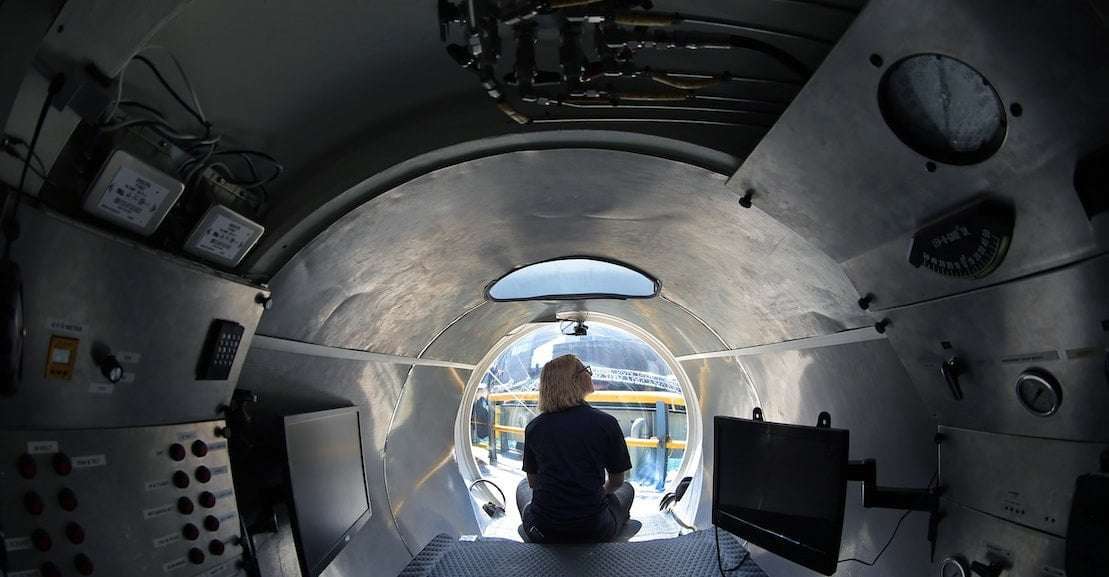Given the prevalent flaws in the previously tested 1/3 scale model, and the visible flaws in the carbon end samples for the Titan, Lochridge again stressed the potential danger to passengers of the Titan as the submersible reached extreme depths. The constant pressure cycling weakens existing flaws resulting in large tears of the carbon. Non-destructive testing was critical to detect such potentially existing flaws in order to ensure a solid and safe product for the safety of the passengers and crew.
The counterclaim also details a meeting at OceanGate’s Everett, Washington, facility with engineering staff where “several individuals had expressed concerns over to the Engineering Director.” The OceanGate CEO, Stockton Rush, asked Lochridge to conduct a quality inspection of the Titan. Per the complaint:
Over the course of the next several days, Lochridge worked on his report and requested paperwork from the Engineering Director regarding the viewport design and pressure test results of the viewport for the Titan, along with other key information. Lochridge was met with hostility and denial of access to the necessary documentation that should have been freely available as part of his inspection process.
Lochridge initially verbally expressed concerns about the safety and quality of the Titan submersible to OceanGate executive management, but those concerns were ignored. Lochridge “identified numerous issues that posed serious safety concerns, and offered corrective action and recommendations for each.” Lochridge was particularly concerned about “non-destructive testing performed on the hull of the Titan” but he was “repeatedly told that no scan of the hull or Bond Line could be done to check for delaminations, porosity and voids of sufficient adhesion of the glue being used due to the thickness of the hull.” He was also told there was no such equipment that could conduct a test like that.
After Lochridge issued his inspection report, OceanGate officials convened a meeting on January 19, 2018, with the CEO, human resources director, engineering director, Lochridge, and the operations director. Per the complaint:

Ominusone on June 20th, 2023 at 22:58 UTC »
As a sub sailor, a quick implosion by the pressure from that depth would be how I'd want to go. It's quick. No thanks to sitting around suffocating. Should have listened to the manufacturer and heeded the sub safe requirements. They exist for a reason.
Moos_Mumsy on June 20th, 2023 at 19:38 UTC »
So, Stockton Rush, who most like died instantly as the Titan had an explosive decompression, asked this guy to conduct a quality inspection of the Titan, but the inspector was denied the critical information that the viewport couldn't sustain the pressure at the Titanic's depth, and when he found out about it, they fired him? Is that right?
Edit: As some have correctly pointed out (even though the media is using the term also) explosive decompression is not the correct term. It would be more accurate to say they imploded.
RustywantsYou on June 20th, 2023 at 19:13 UTC »
HOLY SHIT